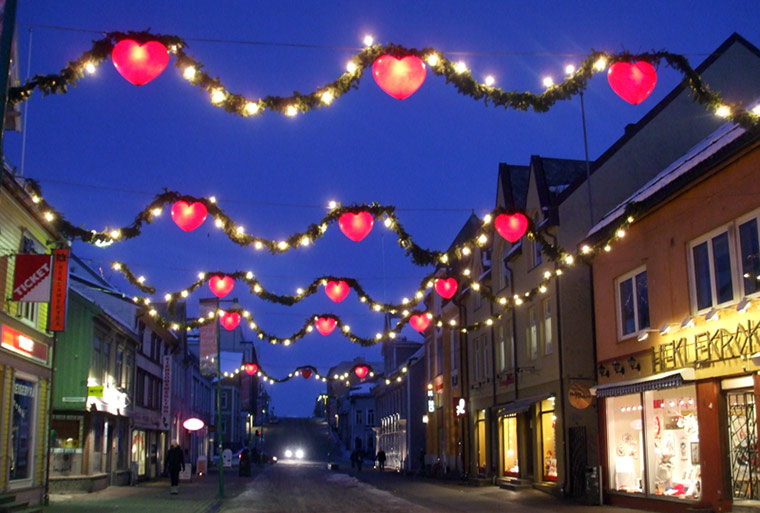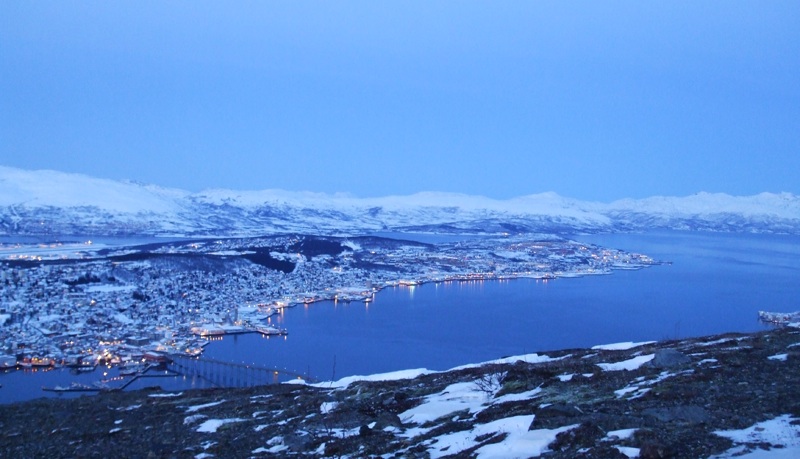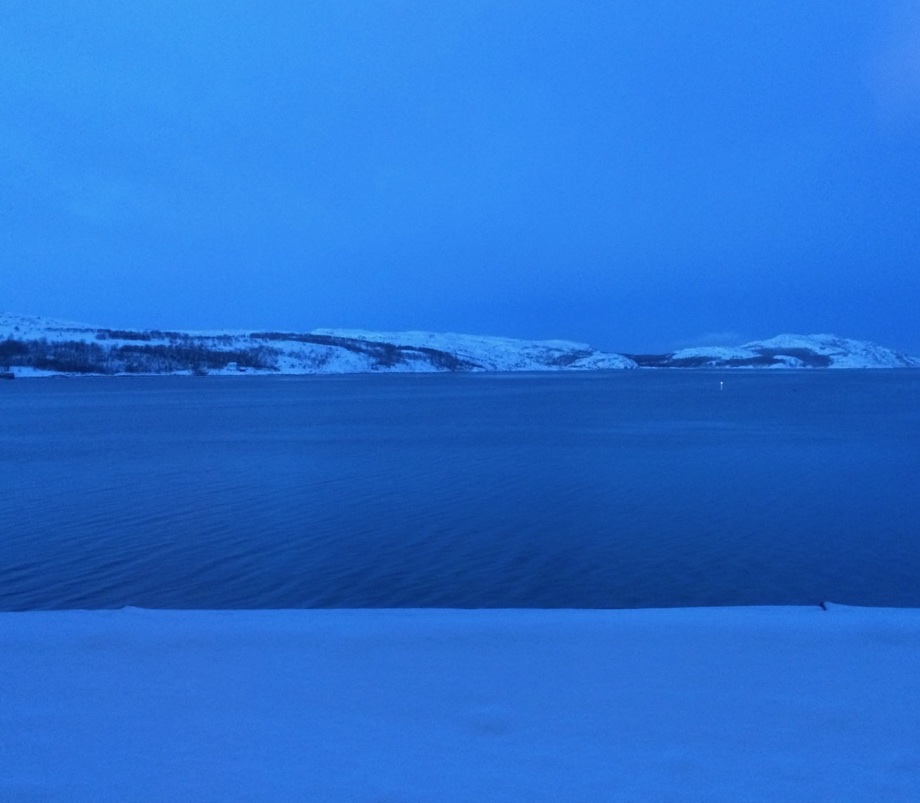
The Midnight Sun is an extraordinary phenomenon but the exact opposite – Polar Nights – can be just as spectacular.
‘As sure as the sun will rise’ is a quote from scripture meaning that something is a reliable, sure-fire thing.
Residents of Northern Norway, however, might take issue with that because, just as the sun doesn’t fully set for months at a time in the summer – the Midnight Sun for which Norway is famous – in winter the opposite is true.
Table of Contents
When is the polar night in Norway?
Polar nights occur between the Autumnal and Spring Equinoxes inside the Arctic Circle.
In fact, the Arctic Circle ‘marks the northernmost point at which the centre of the noon sun is just visible on the December solstice and the southernmost point at which the centre of the midnight sun is just visible on the June solstice’.
Depending where you are within the Arctic Circle, polar nights will last from one day to six months!
What causes the polar nights?
The Earth rotates once every 24 hours. We call that a day. If the Earth rotated exactly perpendicular to its axis then we would all have 12 hour days and 12 hour nights no matter where we were.

Instead, the Earth is tilted by approximately 23.5 degrees. This means that there’s an area at the top and the bottom that gets 6 months of day followed by 6 months of night. This is also what causes us to have seasons, equinoxes and solstices.
Another factor is that the Earth’s orbit around the sun is elliptical. What this means is that the South Pole actually gets polar nights for one week longer than the North Pole. But as no one actually lives at the South Pole, this isn’t all that interesting to very many people!
Types of polar night
Where you are within the Arctic Circle will dictate which type(s) of polar night you will get and for how long.
Polar twilight occurs at the inner borders of the polar circles. This is when the sun is below the horizon but by less than 6 degrees – known as civil twilight.
Above this we have civil polar night, where there is no civil twilight, only nautical twilight, where the sun is between 6 and 12 degrees below the horizon.
The next one up is nautical polar night, when there is only astronomical twilight. This is when the sun is 12 to 18 degrees below the horizon and, basically, illumination comes only from the stars.
Astronomical polar night occurs when there is no astronomical twilight. On these days, the dimmest stars visible to the naked eye will be visible at midday on a clear day.
Where can you experience the polar night?
You can experience a polar twilight anywhere within the Arctic Circle at any point between the autumnal equinox (towards the end of September) and the vernal equinox (towards the end of March). In Norway the Arctic Circle is anywhere north of Saltfjellet.
To experience a civil polar night then you’ll have to head to the Svalbard archipelago between mid-November and late January. For a nautical polar night – the best you can experience anywhere with a whiff of civilisation – then time your trip for mid- to late-December.
Unless you’re planning an expedition to the North Pole, you won’t be experiencing an astronomical polar night anytime soon.
These happen for around 11 weeks – from mid-November to the end of January – at the North Pole but there are no human settlements within the small area that experiences this.
What does a polar night look like?
Well… it can be hard to describe but it’s not the pitch black you might expect. Instead, the day is in a permanent state of twilight, lending everything a cool, slightly eerie, blue-purple tinge.

There’s just about enough light around for everyone to go about their business as usual although the street lights will stay on all day.
If you’re indoors and have the lights on you’re more likely to see yourself reflected in the windows than to view the outside world.
The effect on people
Seasonal Affective Disorder (SAD) is a condition where lack of sufficient light brings on depression in sufferers. Clearly people who suffer from this would be better off moving out of the Arctic Circle and closer to the equator but those who choose to stay will require light therapy every day to help alleviate their symptoms.
It’s certainly interesting to note that fewer people living in Tromsø have been shown to suffer from SAD than would be expected from such a place.
Polar nights around the world
The only place in the southern hemisphere to experience polar nights is on Antarctica.
In the northern hemisphere, apart from Norway, there are parts of Sweden, Finland, Russia, Canada and the US (Alaska) and Greenland.
Perhaps one of the best ways, however, is to settle down in front of the TV and watch the movie 30 Days of Night, in which vampires attack the Alaskan city of Barrow during the polar night period. On second thoughts…


It is very interesting to know about the days and nights of the polar regions of Scandinavian countrie. Well, can you show us a video demonstrating the real picture of the situatio.
This is really very interesting to know. Having such lon night can be really difficut.